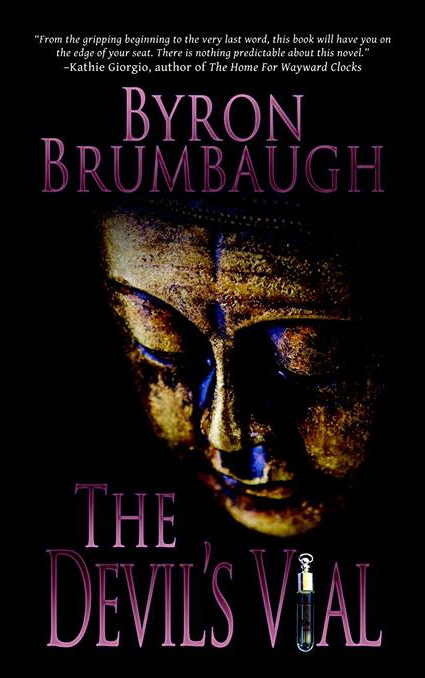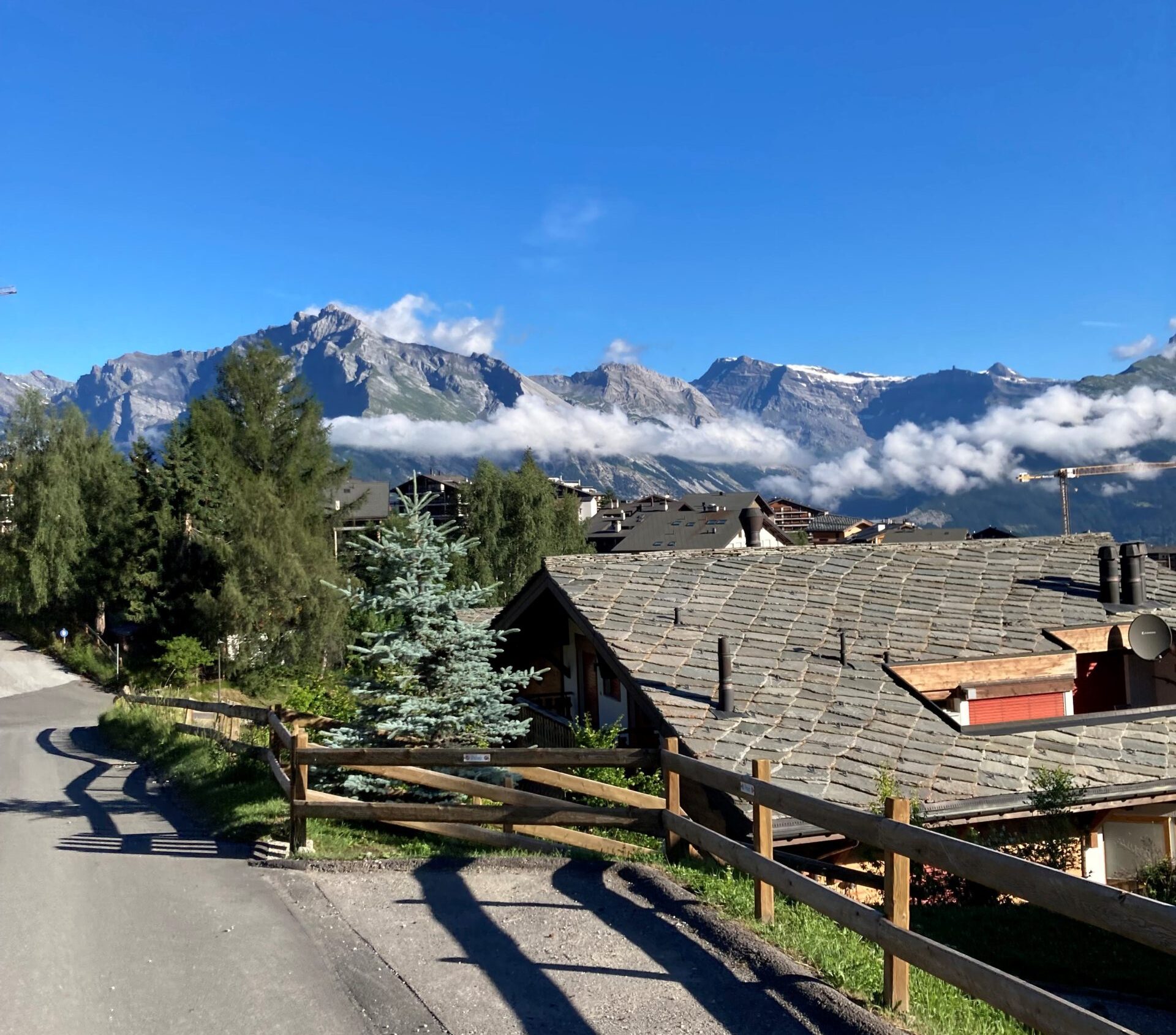
The Alps, in the distance, Sion and the Rhone Valley, as seen from the bus, winding its way up to Haute Nendaz.
Roads were made for journeys, not destinations.
-Confucius
And so, I’m now in Switzerland. Switzerland is a land-locked country in the midst of high mountain peaks – the Alps. It is bordered by France in the west, Germany in the north, Austria and Lichtenstein in the east and Italy in the south. It has four official languages, German, French, Italian and Romansh. The raison d’être for its existence comes with a long and varied history and prehistory. There is evidence of people living in the area for centuries before the Romans invaded. The local tribes, celts, were known by the Romans as the Helvetii, a name that persists into today (Swiss money is referred to as CHF – Confoederatio Helvetica Franc) and the Romans occupied the area for a time. The mountains and valleys of Switzerland saw military conflict with the French, Germans, Italians and the Holy Roman Empire.
In 1291 an alliance of cantons was formed against the Hapsburg dynasty. Allegiances flowed back and forth and finally, in 1815, at the Conference of Vienna, the European powers agreed to permanent neutrality for Switzerland – something that France, Italy, Austro-Hungary and Germany would benefit from. They have remained neutral since.
In 1848, the modern state of Switzerland was founded. Today, it has the second largest GDP per capita in the world. Its major industries are banking and finance, chemicals and pharmaceuticals, mechanical/electrical engineering and metals.
As the train (electric) skirts around the north shore of Lake Geneva, and then up the Rhone River Valley to Sion, I see tall mountains on both sides – the Alps. Some still have significant snow and ice on their peaks. In the valley, the ground is tilled and, it seems to me, mostly covered by vineyards. The Swiss do love their wine — as do I. We pass villages made up of old (nineteenth century and older) traditional stone buildings, well cared for, that suggest a heritage-rich, quaint and calm ambiance. Being neutral, Switzerland avoided the devastation of two world wars and its history is there to be seen everywhere. Nowhere, even in Geneva, are there large glass and steel skyscrapers that haunt much of the rest of the twenty-first century world’s large cities. It feels like I am transported into an ancient, simpler time, but with a few modern conveniences, like buses, cars, trains and planes, embedded for comfort.
We finally arrive in Sion, a small city on the Rhone River, population around 30,000, that spans the valley floor. White glaciated peaks on each side of the valley rise to around 11,000 feet. The city streets wind around in no obvious pattern. There are cars and buses on the streets, but there is no evidence of traffic jams or too many cars. Gas is a bit more than $8 a gallon, which I’m sure plays a role, but the Swiss also seem to try to keep things the way they have been. The roads are bordered by pastel-colored buildings of four to five stories high; many are apartment buildings, mixed in amongst commercial buildings. There’s a McDonald’s across the street from the train station (I find that embarrassing), although why anyone would choose their fare over the traditional Swiss offerings, I can’t guess. The food and wine here are excellent, better than what we can get in the States, unless you want to pay the exorbitant cost of importation. Not much of either is exported.
On arrival at the Sion train station, William and I go next door to the bus station. Our bus doesn’t leave for 45 minutes, so we go to the Grand Café. I order a café renverse (a cup of coffee with milk) and a small quiche, warmed. I am quite pleased that my French is understood and I understand what the clerk behind the counter is saying. All those hours of studying French are paying off!
The bus arrives and we are soon driving over a bridge crossing a very full, muddy Rhone River and then up the steep mountain on a serpentine path. The city spreads out below us as we ascend and the entire Rhone Valley can be seen hemmed in by white topped Alpine peaks. We climb higher and pass many older chalet-like buildings, some homes, some hotels and restaurants. The road is narrow, barely wide enough for two cars to pass, with a sharp drop-off on the downhill side.
Our stop is the last one on this route and, after we get off the bus, we climb the hill to the Edelweiss After Ski Bar. There, William and I meet my brother Bill and William’s father Ted. After some beer and wine, we walk down to where I pick up keys for the studio apartment I’ve rented for the week, then we’re off to have dinner at Chez Michele, Bill’s chalet, about a half-mile up the hill. Bill owns the house, but rents it out most of the year. Haute Nendaz is a ski resort in the winter and there are many apartments to rent there. We have a delicious dinner prepared by Ted, who is a wonderful chef, and then it’s off to bed. It’s been almost 24 hours of travel time and I am spent. I crawl under the duvet and drop off without worrying about my lost baggage.
I do wonder how Waldo is faring, though.


